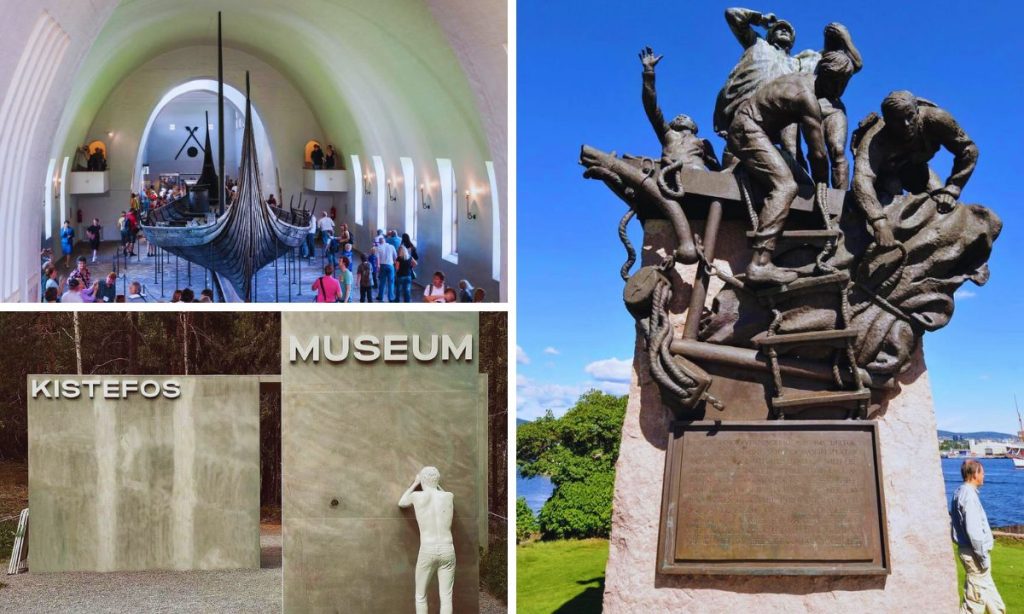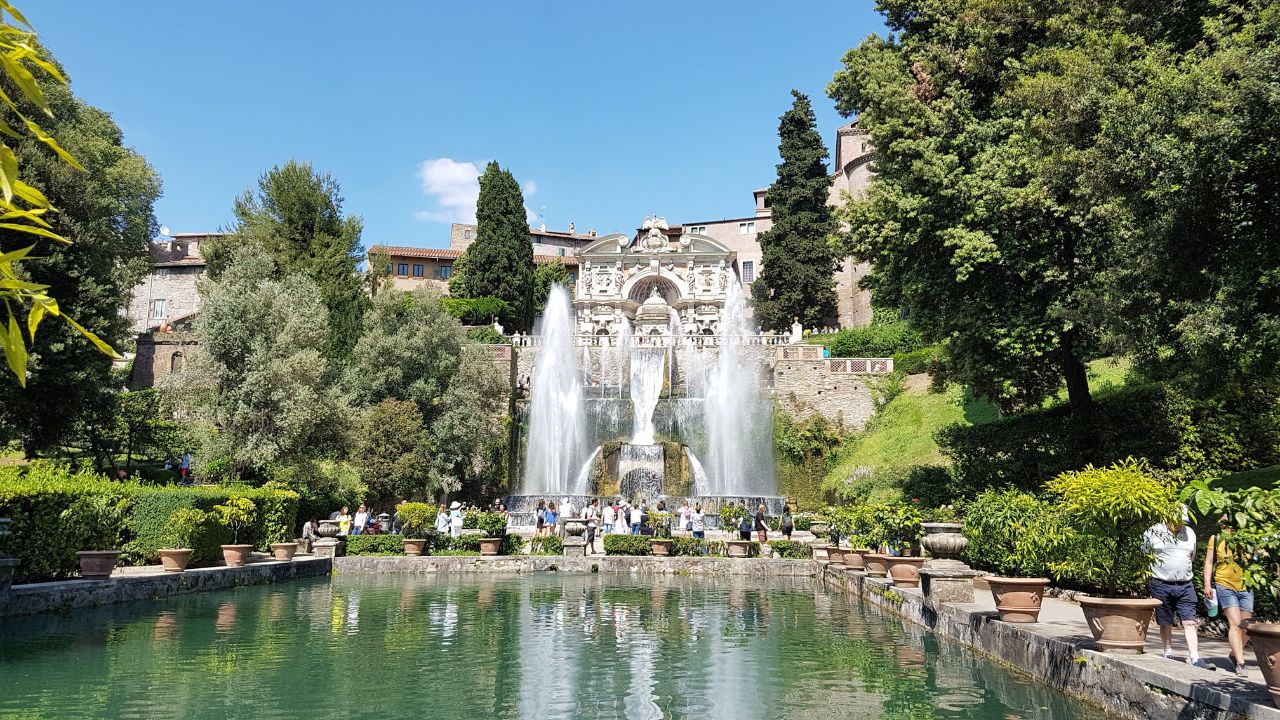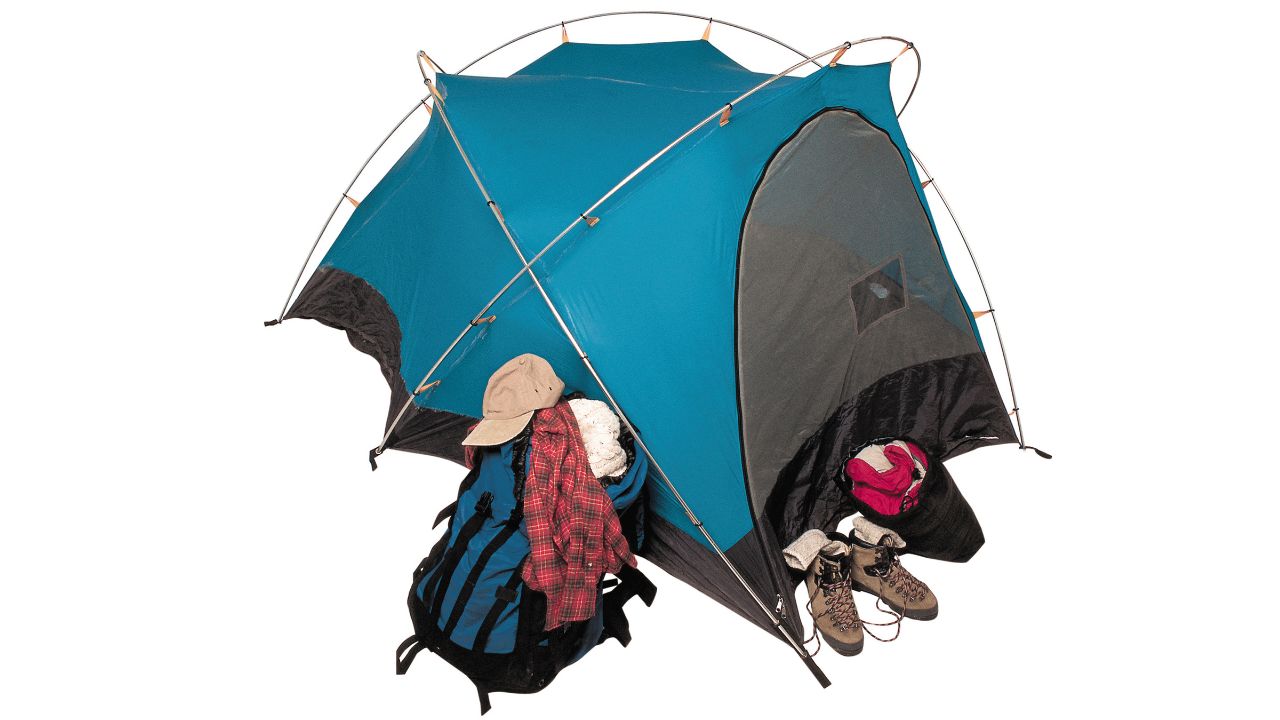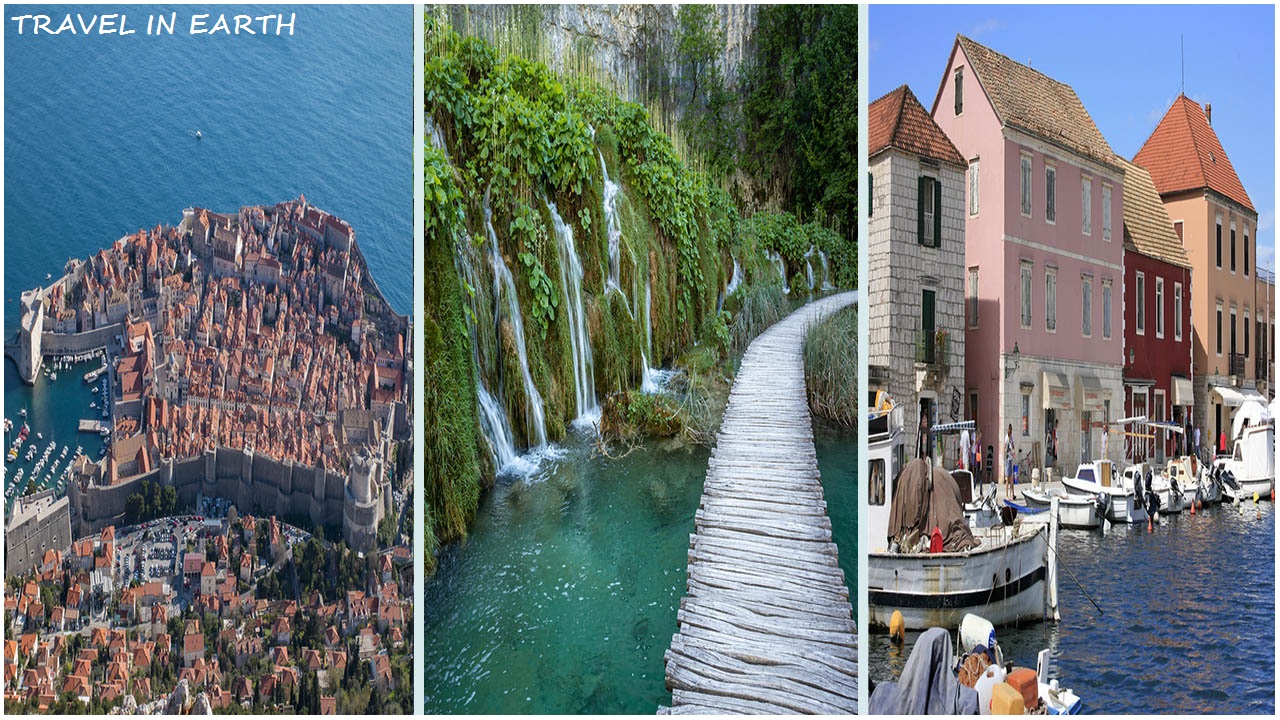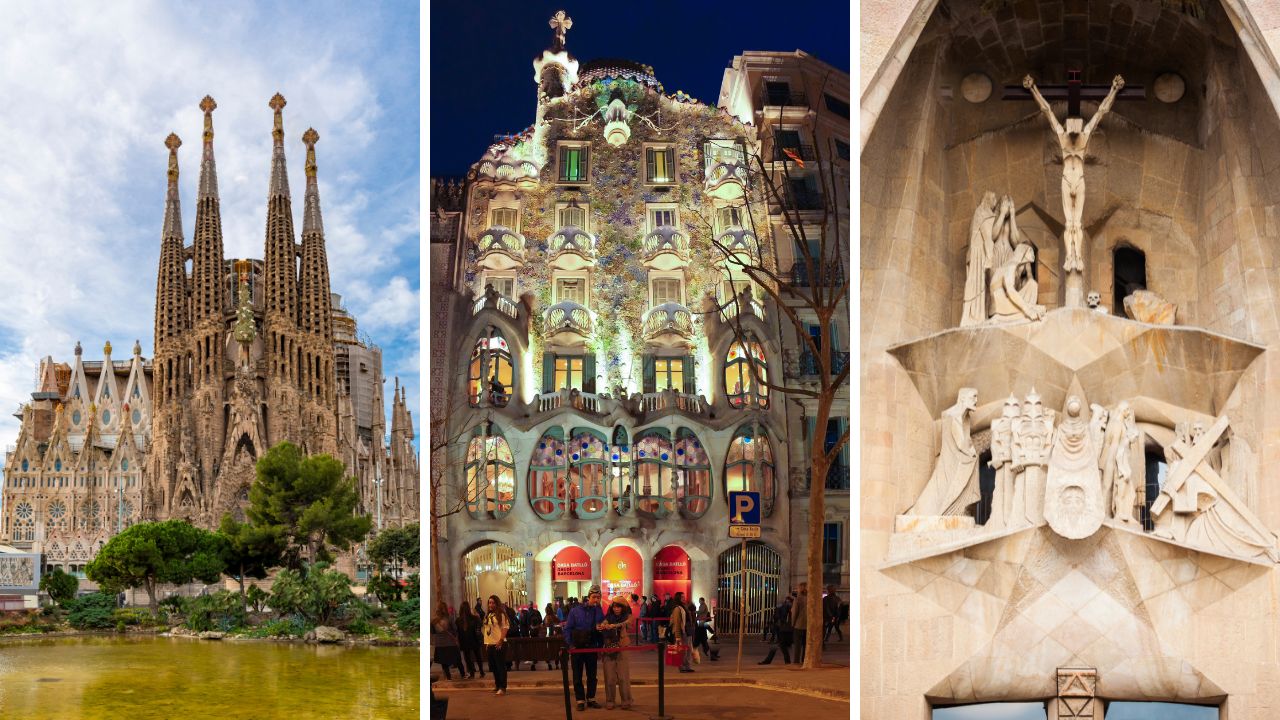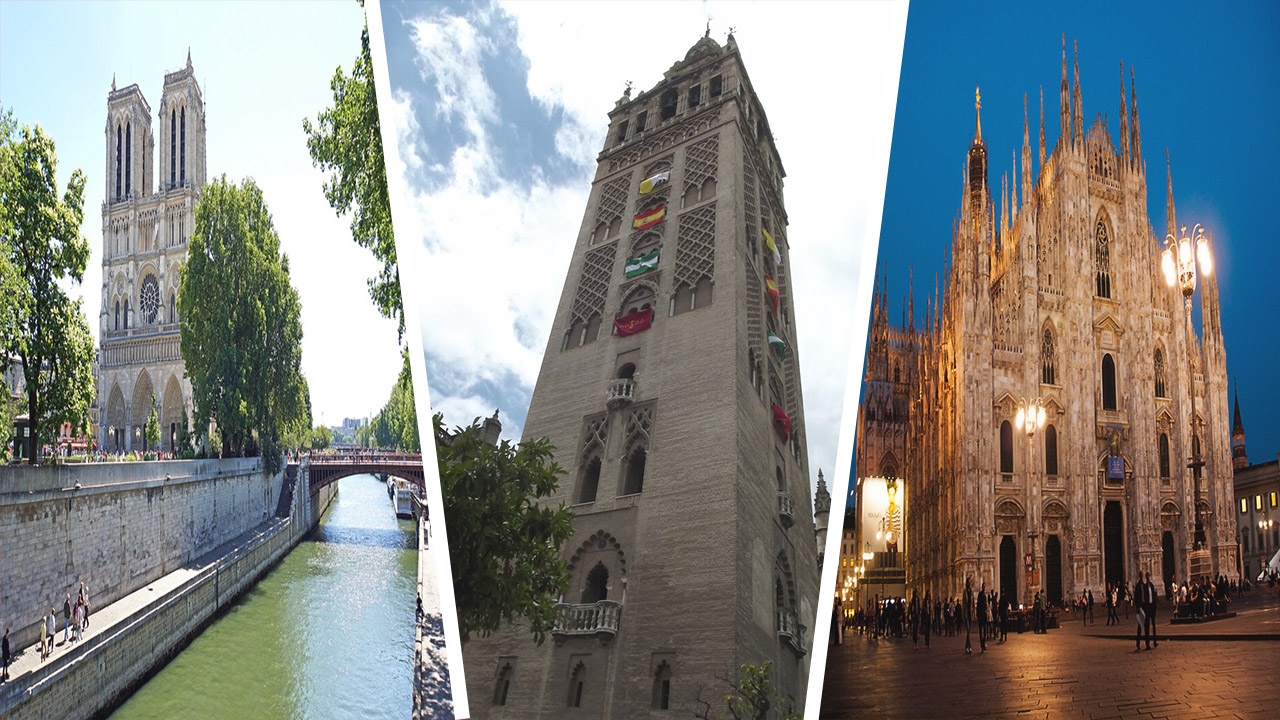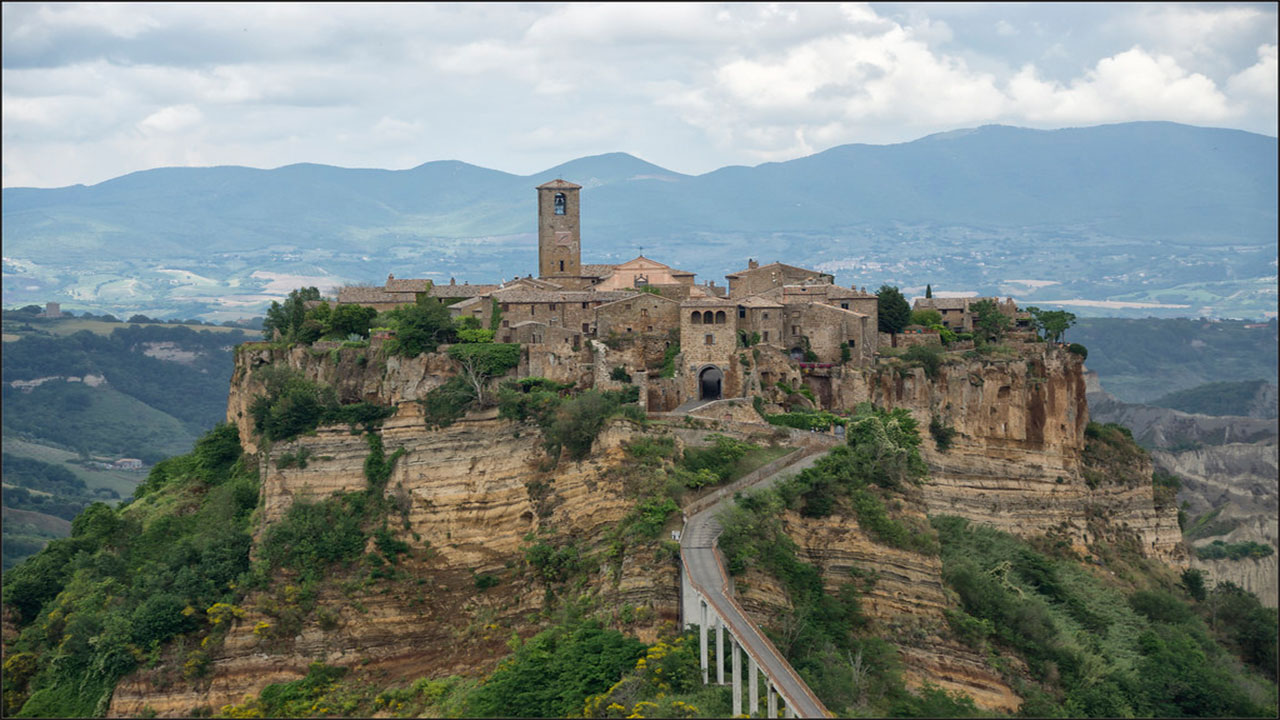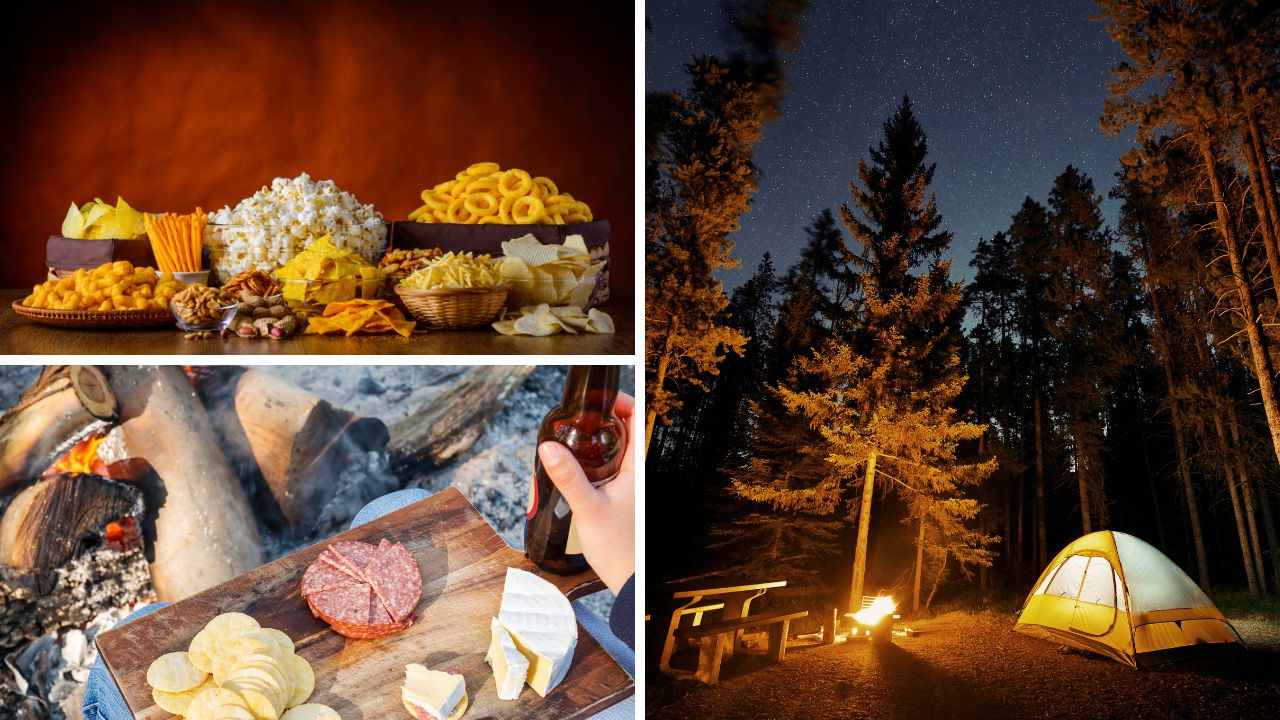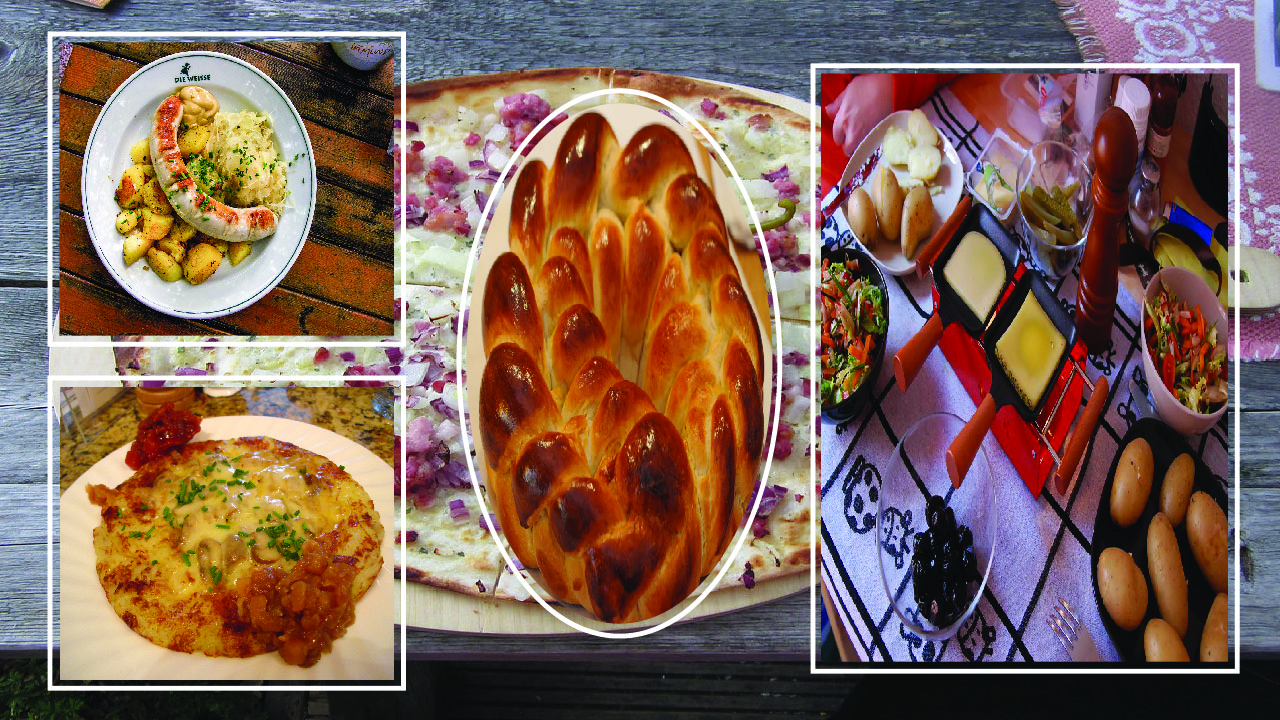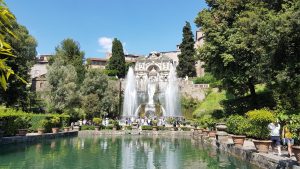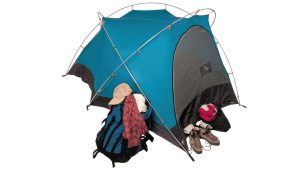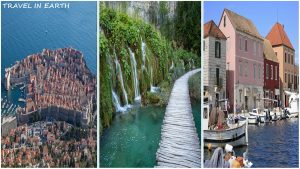Norway, a land of breathtaking fjords and northern lights, is also home to some of the world’s most fascinating museums. These cultural institutions offer visitors a chance to explore Norway’s rich history, vibrant art scene, and unique cultural heritage.
From ancient Viking artifacts to modern art installations, Norway’s museums provide an enlightening experience for all ages and interests. In this article, we’ll take you on a tour of the top 10 best museums in Norway, showcasing the diversity and depth of the country’s cultural offerings.
1. Viking Ship Museum, Oslo
The Viking Ship Museum in Oslo is a must visit for anyone interested in Norse history. Located on the Bygdøy peninsula, this museum houses three of the best-preserved Viking ships in the world: the Oseberg, Gokstad, and Tune ships.
Key features:
- Oseberg ship: Dating back to 820 AD, this intricately carved vessel was used as a burial ship for two high-status women.
- Gokstad ship: Built around 890 AD, this ship is considered the finest example of a Viking longship.
- Tune ship: The first Viking ship to be excavated, discovered in 1867.
- Artifacts display: The museum showcases numerous Viking Age artifacts, including sleds, beds, and household items.
Visitors can marvel at the craftsmanship of these ancient vessels and gain insights into Viking seafaring and burial practices. The museum’s exhibits provide a vivid glimpse into the lives of Vikings, their beliefs, and their technological advancements.
Read More: Most Beautiful Nature in Norway
2. Munch Museum, Oslo
Dedicated to the life and works of Norway’s most famous artist, Edvard Munch, this museum in Oslo is a treasure trove for art enthusiasts. The new Munch Museum, which opened in 2021, offers a spacious and modern setting to appreciate Munch’s extensive body of work.
Highlights:
- “The Scream”: The museum houses several versions of Munch’s iconic painting.
- Extensive collection: Over 26,000 artworks, including paintings, prints, photographs, and sculptures.
- Interactive exhibits: Visitors can explore Munch’s life and artistic process through multimedia displays.
- Temporary exhibitions: The museum regularly hosts shows featuring other artists, often in dialogue with Munch’s work.
The Munch Museum not only showcases the artist’s famous works but also provides context to his life and the cultural environment that shaped his unique artistic vision. It’s a deep dive into the mind of one of the most influential figures in modern art.
3. Norwegian Museum of Cultural History (Norsk Folkemuseum), Oslo
The Norwegian Museum of Cultural History, also known as the Norsk Folkemuseum, is an open-air museum that offers a journey through time and across Norway’s diverse regions. Located in Oslo, it’s one of Europe’s oldest and largest open-air museums.
Key attractions:
- Stave Church: A 13th-century wooden church from Gol, meticulously relocated and reconstructed.
- Traditional buildings: over 150 buildings from different periods and regions of Norway.
- Living history: Costumed interpreters demonstrate traditional crafts and activities.
- Indoor exhibits: displays of folk art, traditional costumes, and Sami culture.
Visitors can wander through centuries of Norwegian rural culture, from medieval times to the 20th century. The museum provides a unique, immersive experience that brings Norway’s cultural history to life.
4. KODE Art Museums and Composer Homes, Bergen
KODE in Bergen is one of Scandinavia’s largest museums for art, craft, design, and music. It consists of four buildings in the city center, as well as the homes of three famous Norwegian composers.
Notable features:
- Extensive art collection: works by Edvard Munch, J.C. Dahl, and other Norwegian and international artists.
- Rasmus Meyer Collection: A significant collection of works by Edvard Munch.
- Silver collection: one of the largest in Northern Europe.
- Composer homes: The former residences of Ole Bull, Harald Sæverud, and Edvard Grieg.
KODE offers a diverse cultural experience, combining visual arts with music history. The composer houses provide intimate insights into the lives and work environments of Norway’s musical geniuses.
5. Fram Museum, Oslo
The Fram Museum celebrates polar exploration and houses the Fram, the strongest wooden ship ever built. This vessel played a crucial role in Norwegian polar expeditions led by Fridtjof Nansen, Otto Sverdrup, and Roald Amundsen.
Key attractions:
- The Fram ship: Visitors can board and explore this historic polar vessel.
- Interactive exhibits: Learn about polar exploration through multimedia displays and simulations.
- Gjøa exhibition: Features the first ship to navigate the entire Northwest Passage.
- Polar simulator: Experience the harsh conditions of polar expeditions.
The museum offers an exciting and educational journey into the golden age of polar exploration, highlighting Norway’s significant contributions to this field.
6. National Museum of Art, Architecture and Design, Oslo
The National Museum in Oslo is Norway’s largest art museum, housing the country’s most extensive collection of art, architecture, and design. The new building, which opened in 2022, brings together collections previously spread across several locations.
Highlights:
- Extensive art collection: From ancient times to the present, including works by international and Norwegian artists.
- “The Scream” by Edvard Munch: One of the museum’s most famous pieces.
- Architecture and design exhibits: Showcasing Norway’s contributions to these fields.
- Light Hall: A spacious area for temporary exhibitions.
The National Museum provides a comprehensive overview of Norway’s artistic heritage and its place in the global art world. Its vast collection and modern facilities make it a must-visit for art lovers.
7. Kistefos Museum, Jevnaker
Kistefos is a unique combination of an industrial museum, contemporary art gallery, and sculpture park. Located in Jevnaker, about an hour’s drive from Oslo, it offers a blend of history, nature, and modern art.
Key features:
- The Twist: An architectural marvel that serves as a museum, bridge, and sculpture in one.
- Sculpture Park: One of Europe’s leading sculpture parks, featuring works by renowned artists.
- Industrial museum: housed in a former wood pulp mill, showcasing Norway’s industrial heritage.
- Contemporary art exhibitions: regular shows featuring international artists.
Kistefos provides a distinctive cultural experience where industrial history meets contemporary art in a stunning natural setting.
Read Also: Most Beautiful Cities in Norway
8. Astrup Fearnley Museum of Modern Art, Oslo
The Astrup Fearnley Museum, located in Oslo’s Tjuvholmen neighborhood, is a private museum of contemporary art. Renzo Piano’s striking building serves as an architectural attraction in itself.
Notable aspects:
- Contemporary art collection: works by Jeff Koons, Damien Hirst, Cindy Sherman, and other leading artists.
- Changing exhibitions: regular shows featuring both Norwegian and international contemporary artists.
- Sculpture park: an outdoor area with sculptures that are integrated into the Oslo Fjord landscape.
- Educational programs: workshops and guided tours for visitors of all ages.
The Astrup Fearnley Museum offers a window into the world of contemporary art, showcasing some of the most provocative and influential works of our time.
9. Norwegian Maritime Museum, Oslo
The Norwegian Maritime Museum in Oslo provides a comprehensive look at Norway’s rich maritime history. From Viking ships to modern oil platforms, the museum covers all aspects of Norway’s relationship with the sea.
Key attractions:
- Ship models: an extensive collection ranging from ancient to modern vessels.
- Interactive exhibits: simulations allowing visitors to navigate a ship or operate an oil platform.
- Boat hall: full-size traditional Norwegian boats.
- Paintings gallery: Maritime art from various periods.
This museum offers insights into Norway’s seafaring traditions, fishing industry, and modern maritime technologies, reflecting the country’s deep connection to the sea.
10. Tromsø University Museum, Tromsø
Located in the Arctic city of Tromsø, this museum offers a unique perspective on Northern Norway’s nature, culture, and history. It’s particularly known for its exhibits on Sami culture and Arctic exploration.
Highlights:
- Sami culture exhibits: artifacts and information about the indigenous people of Northern Scandinavia.
- Northern Lights exhibition: Interactive displays explaining this natural phenomenon.
- Arctic nature: exhibits on the flora and fauna of the Arctic region.
- Archaeological finds: Discoveries from Northern Norway, including Stone Age artifacts.
The Tromsø University Museum provides valuable insights into life in the Arctic, both past and present, making it an essential stop for those interested in northern cultures and environments.
Comparison Table of Norway’s Top Museums
| Museum Name | Location | Main Focus | Key Attraction | Year Established |
|---|---|---|---|---|
| Viking Ship Museum | Oslo | Viking history | Oseberg ship | 1926 |
| Munch Museum | Oslo | Edvard Munch’s art | “The Scream” | 1963 (New building 2021) |
| Norwegian Museum of Cultural History | Oslo | Folk culture | Stave Church | 1894 |
| KODE Art Museums | Bergen | Art and music | Edvard Munch collection | 1825 (oldest component) |
| Fram Museum | Oslo | Polar exploration | Fram ship | 1936 |
| National Museum | Oslo | Art, architecture, design | Comprehensive art collection | 2022 (new building) |
| Kistefos Museum | Jevnaker | Contemporary art | The Twist | 1996 |
| Astrup Fearnley Museum | Oslo | Contemporary art | Jeff Koons works | 1993 |
| Norwegian Maritime Museum | Oslo | Maritime history | Ship models | 1914 |
| Tromsø University Museum | Tromsø | Arctic nature and culture | Sami culture exhibits | 1872 |
Conclusion
Norway’s museums offer a rich tapestry of experiences, from ancient Viking history to cutting-edge contemporary art. These top 10 museums showcase the depth and diversity of Norway’s cultural heritage, scientific achievements, and artistic contributions. Whether you’re interested in historical artifacts, modern art installations, or interactive science exhibits, Norway’s museums have something to offer every visitor.
These institutions not only preserve Norway’s past but also engage with current global conversations in art, science, and culture. They offer learning, reflection, and inspiration opportunities to both locals and tourists. As Norway continues to invest in its cultural institutions, these museums stand as testaments to the country’s commitment to education, preservation, and innovation.
A visit to these museums is more than just a tourist activity; it’s an immersive journey through Norway’s soul, offering insights into the country’s past, present, and future. Whether you’re in Oslo, Bergen, Tromsø, or the countryside, make sure to include these remarkable museums in your Norwegian adventure. They promise to enrich your understanding of this fascinating Nordic nation and leave you with lasting memories of Norway’s cultural riches.

